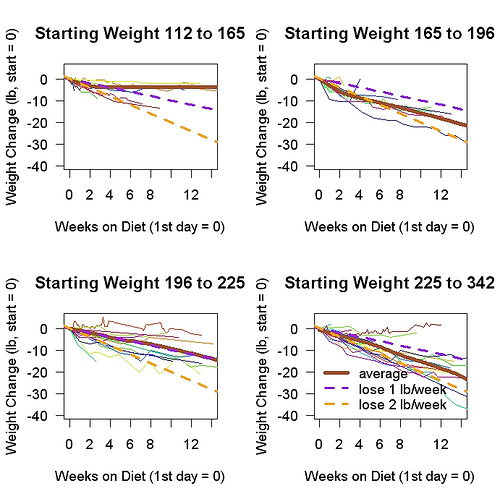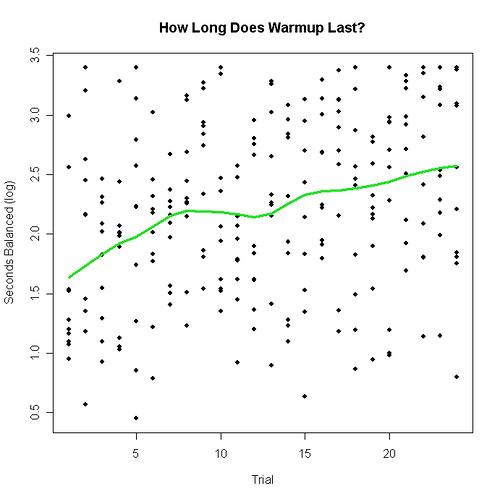Here is another way — in addition to ELOO, refined walnut oil, other flavorless oils, sugar water, nose-clipped smoothies, crazy-spiced smoothies, and nose-clipped food in general — to get “SLD calories” — by which I mean food that raises your set point much less than usual. I love this dish.
How to make crazy-spiced fava bean crostini:
1. Soak dried fava beans for 12-24 hours. I make about 1 pound at a time. One pound of beans makes about 6 servings.
2. Skin the beans. I make a small tear along the rim of the bean and then push the inside out. Takes a few seconds per bean. Discard the skins.
3. Cook the beans. I put them in a crockpot on high for 3 hours covered in water but any cooking method is okay.
4. Mash the beans, adding finely chopped onion and your favorite oil. I usually use flaxseed oil. The onion is for texture. At this point I have several meals worth. I store it in the refrigerator.
5. Slice a ciabatta-like bread into long thin pieces. Toast.
6. Add random spices to the beans. I use 4 or 5 Penzey’s spice blends. If the beans have been refrigerated I warm them in the microwave before this step.
7. Spread the bean mixture on the toast.
8. Add an interesting topping, which can be almost anything. I have used tomatoes, cooked mushrooms, and chopped arugula.
Background. Crazy spicing means adding randomly-chosen spices (say, 10-20) to your food so that the flavor is unrecognizable. The theory behind the Shangri-La Diet predicts that this will cause weight loss. No flavor recognition = no set point increase = lower set point = weight loss. The closest thing to a test of this prediction — making the flavor of food less recognizable will cause weight loss — was an experiment done by Alan Hirsch, a Chicago neurologist. A few hundred people sprinkled flavor crystals on all of their food for six months — one flavor for savory foods, another for sweet. The flavor crystals changed once a month. The subjects lost a substantial amount of weight.
The problem with adding random spices to ordinary food is the feeling of loss — “Alas, my beloved X.” Crazy Spicing 2.0 — crazy-spiced smoothies — solved this problem by putting the spices in a homemade smoothie, which does not have an expected taste (so no feeling of loss) and can also be made to taste good in ways that do not involve flavor recognition (sweet, salty, creamy, cooling, and thirst-quenching). Smoothies, however, do not look like ordinary food nor are they crunchy and chewy — something I’ve noticed I especially want now that I eat less. The fava bean crostini look fine — I had something similar at Chez Panisse — and have a great texture. They are wonderfully crunchy and chewy. Toppings can make the texture even better.
Notes. 1. I have tried less expensive, less glamorous beans just once; the texture was less appealing. It is not far from hummus (garbanzo bean paste), however. I have not tried garbanzo beans. 2. Add the spices once per meal. Each meal a new set of spices, in other words. If you add the spices just once and then eat the result many times, it becomes a ditto food. 3. Beans have a low glycemic index, another good feature of this dish. 4. To make it more nutritious, you can add protein powder or almost anything else you would add to a smoothie. It already has lots of fiber. 5. This is something I make far in advance. Make it on Sunday, eat for the rest of the week, for example. The only lengthy step — skinning the beans — I actually enjoy. 6. Why do I love this dish? Because of the full-bodied crunchiness and chewiness. Because it looks as good as restaurant food. Because the toppings allow room for creativity. Because once I have made a batch, it takes just a few minutes to make a meal’s worth (toasting the bread is the most time-consuming part). Because I’ve always liked fava beans.





